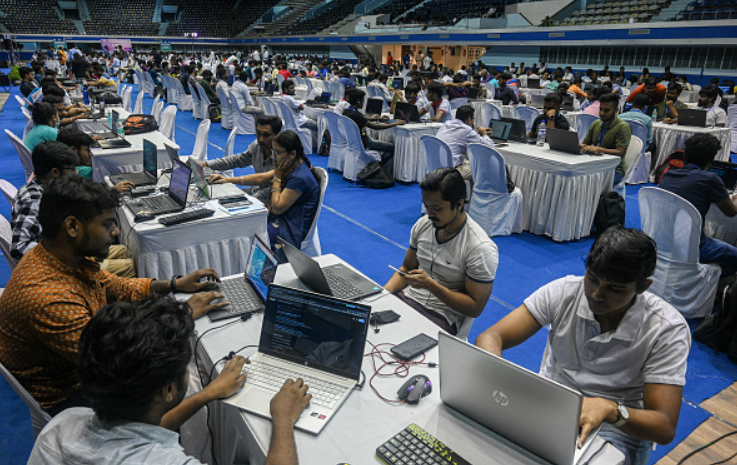On November 22, Indian Vice President Jagdeep Dhankar stated that India has converted its “soft power” into “software power” while speaking at the UNESCO India-Africa Hackathon. The Hackathon itself was an example of this transformation: the event convened over 600 students from 23 countries to solve social problems using software development. However, despite events like the Hackathon offering hope for India’s burgeoning tech industry, accessibility remains a potent question. While people across India take advantage of new possibilities, high-tech career opportunities remain out of reach for many of the country’s most marginalized populations.
Several Indians face barriers to upward mobility. Youth from marginalized communities, such as women and those from rural towns, lower castes, minority religions, and lower socioeconomic backgrounds, encounter systemic barriers to gaining the skills they need to access tech career pathways and systemic discrimination once there. For India to truly realize its vision of a digital-empowered society, it must attain a systemic solution. Forging an “Indian dream” model, where anyone can succeed regardless of their birth, will ignite economic growth due to a stronger tech workforce and reduce destabilizing political activity by decreasing disillusionment in the government. To address the barriers to upward mobility in the tech sector and realize its digital dream, India must foster a digital entrepreneurial environment, ensure connectivity for everyone, and integrate marginalized tech voices into the mainstream.

